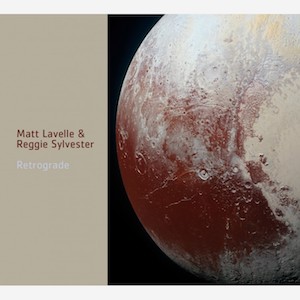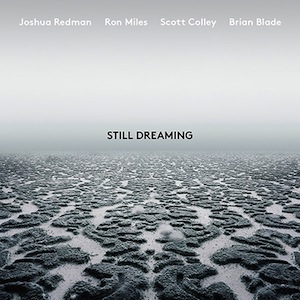Label: Line Art Records, 2018
Personnel - Carol Liebowitz: piano; Bill Payne: clarinet.
Pianist Carol Liebowitz and clarinetist Bill Payne show their uncurbed appetite for sonic exploration in a spontaneously improvised setting. The amorphous nine tunes on their new album, Spiderwebmandala, were recorded live at Albuquerque’s Output Performance Space in May, 2016.
American poet Mark Webber, besides curator of the concerts, enriches “Spiderweb Mandala Flower Explosion Poem: Drishti” with his confident, hypnotic words: ‘I do not ask you to accept me, I ask you to release me…’, which sound ideal for a film noir or any enigma directed by David Cronenberg. Quite attractive in its restlessness, the piece is an intermittent boil that never escalates into a proper climax but rather scouts striking chordal movements, an interspersion of incisive runs and facile melodic susurrations, as well as multiple sharp moves coming from both instruments. Webber also narrates “Mixtures of Aroma in the Smoke” with an unhurried pace and insouciant posture. The course of action gradually leads us to places where the lyrical and the turbulent cohabit.
Dancing to the “Desert Dance” may be hard due to its sinuous contortions and asymmetries, but it's definitely doable. The soft and tender clarinet goes along with the dreamy piano textures on certain occasions, yet, colliding here and there with the vehemence of Liebowitz's harmonic dissonances.
If “Secrets” upholds communication by having complex yet never meandering pianistic textures and fragments responding to the clarinet’s melodies, then the dramatic “Tempest” becomes one of the most satisfying collective improvisations on the album, offering rapid clarinet squawks on top of lower and middle-register mosaics of pianistic energy.
Expertly controlled in intensity, mood and timbre, “Hidden Canyon” contains floating labyrinthine lines over whether delicate or gusty harmonic drives delivered in a broad registrar range. The skittish “Vanishing Point” encloses all the above in its entangling parts, but also has Payne probing several rhythmic figures with a wider sense of melody.
Spiderwebmandala is a purely explorative duo album that, without transcending, should be well received by the avant-jazz communities.
Grade B-
Favorite Tracks:
02 - Spiderweb Mandala Flower Explosion Poem ► 05 - Tempest ► 09 - Vanishing Point








































